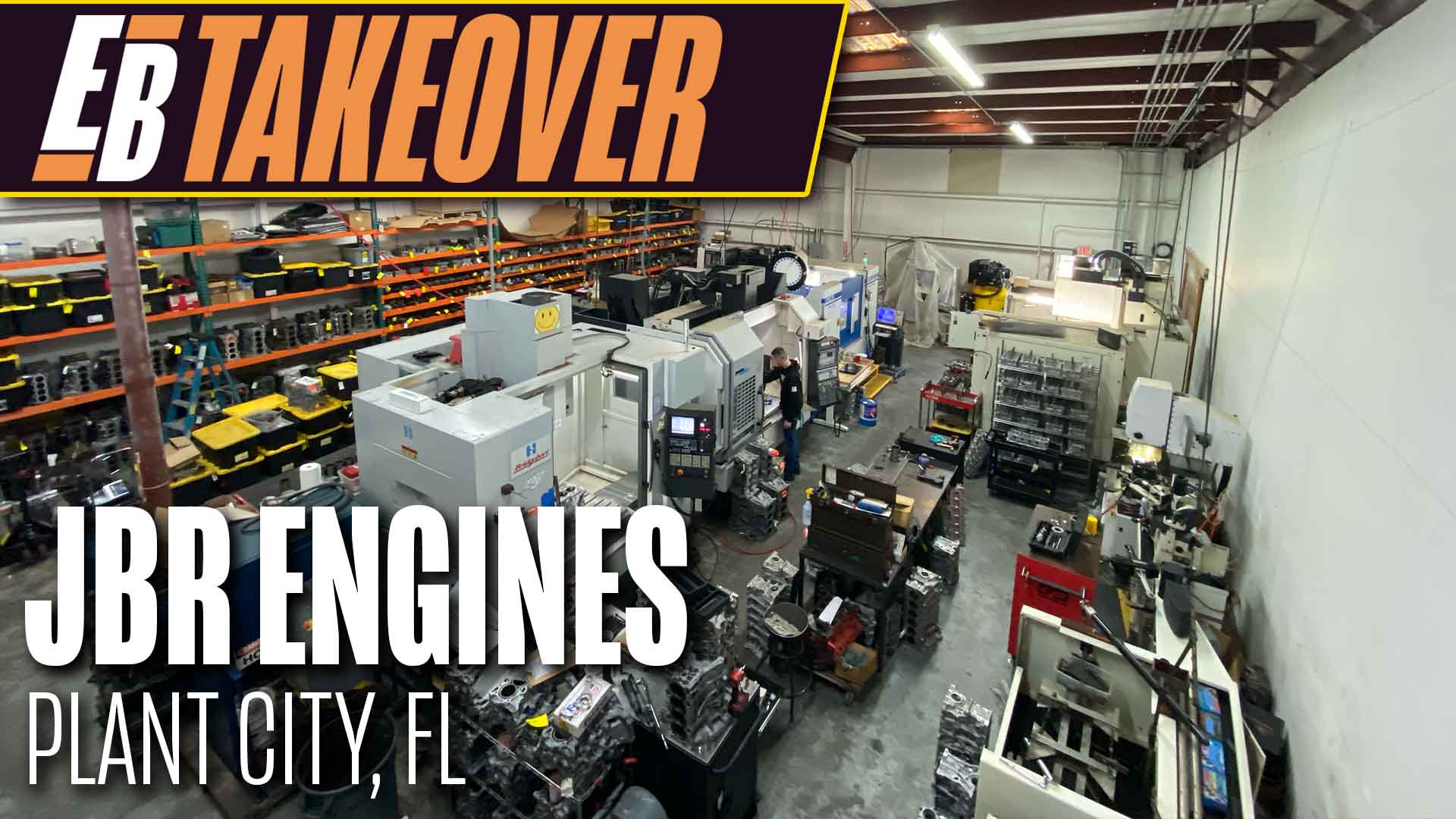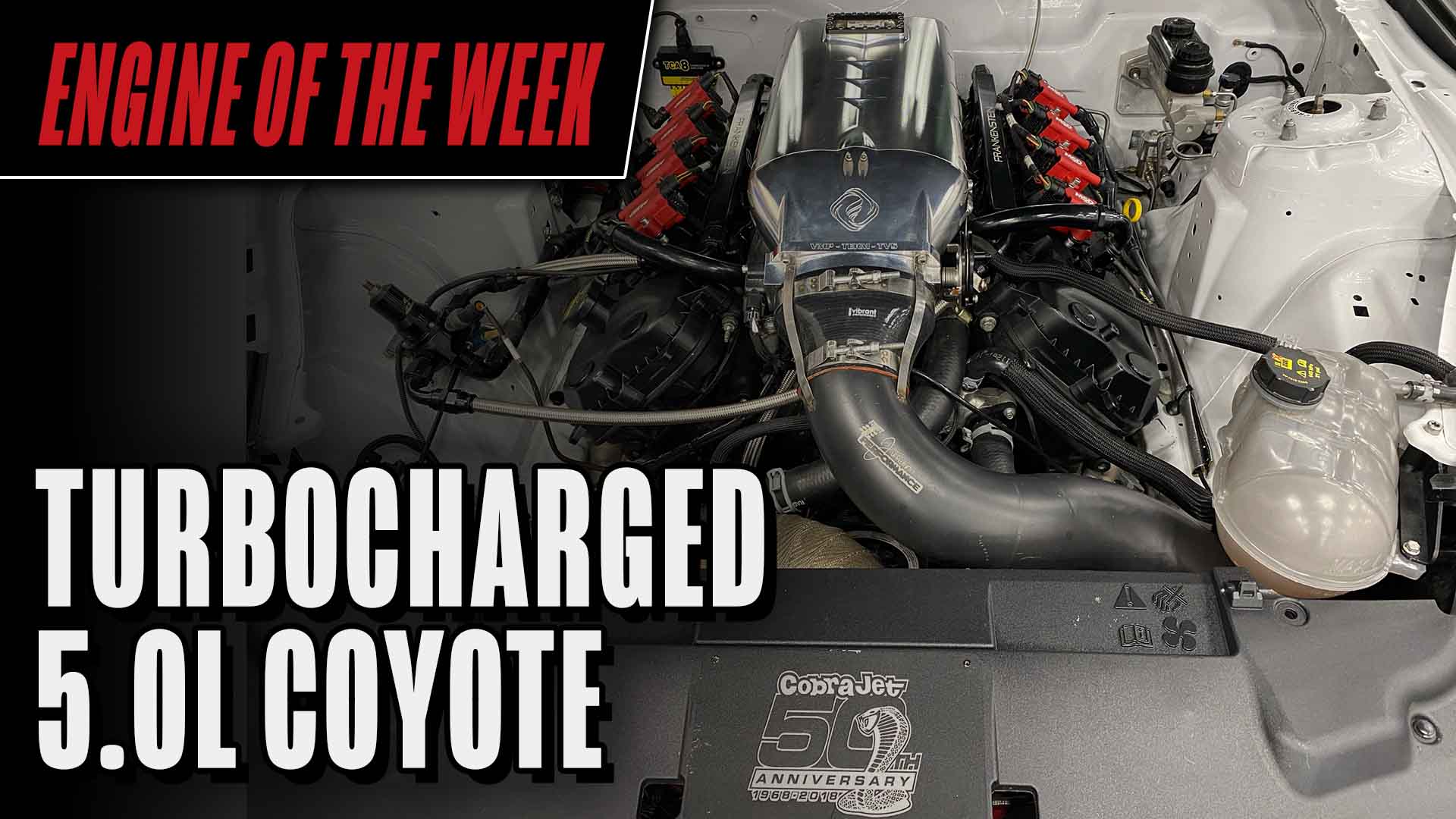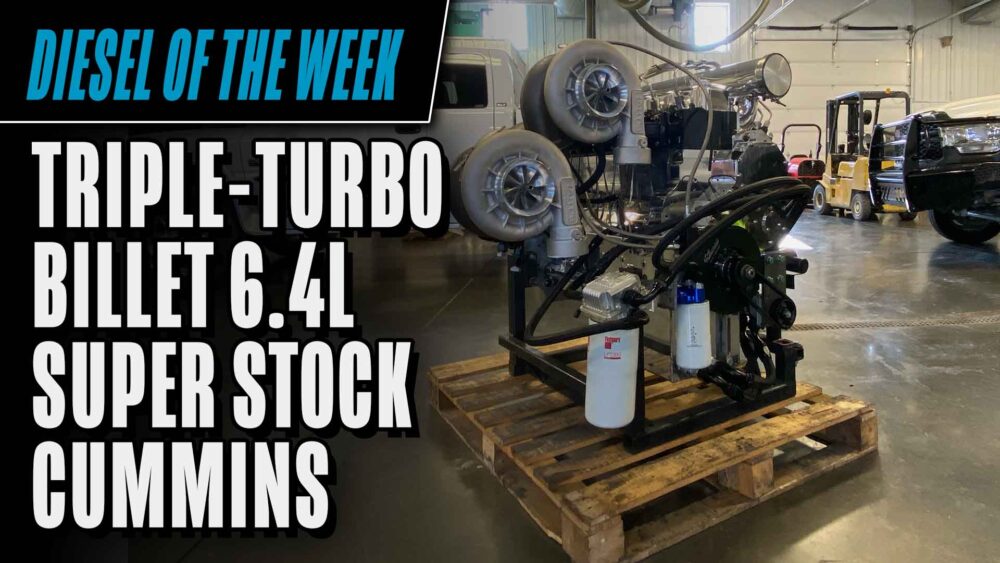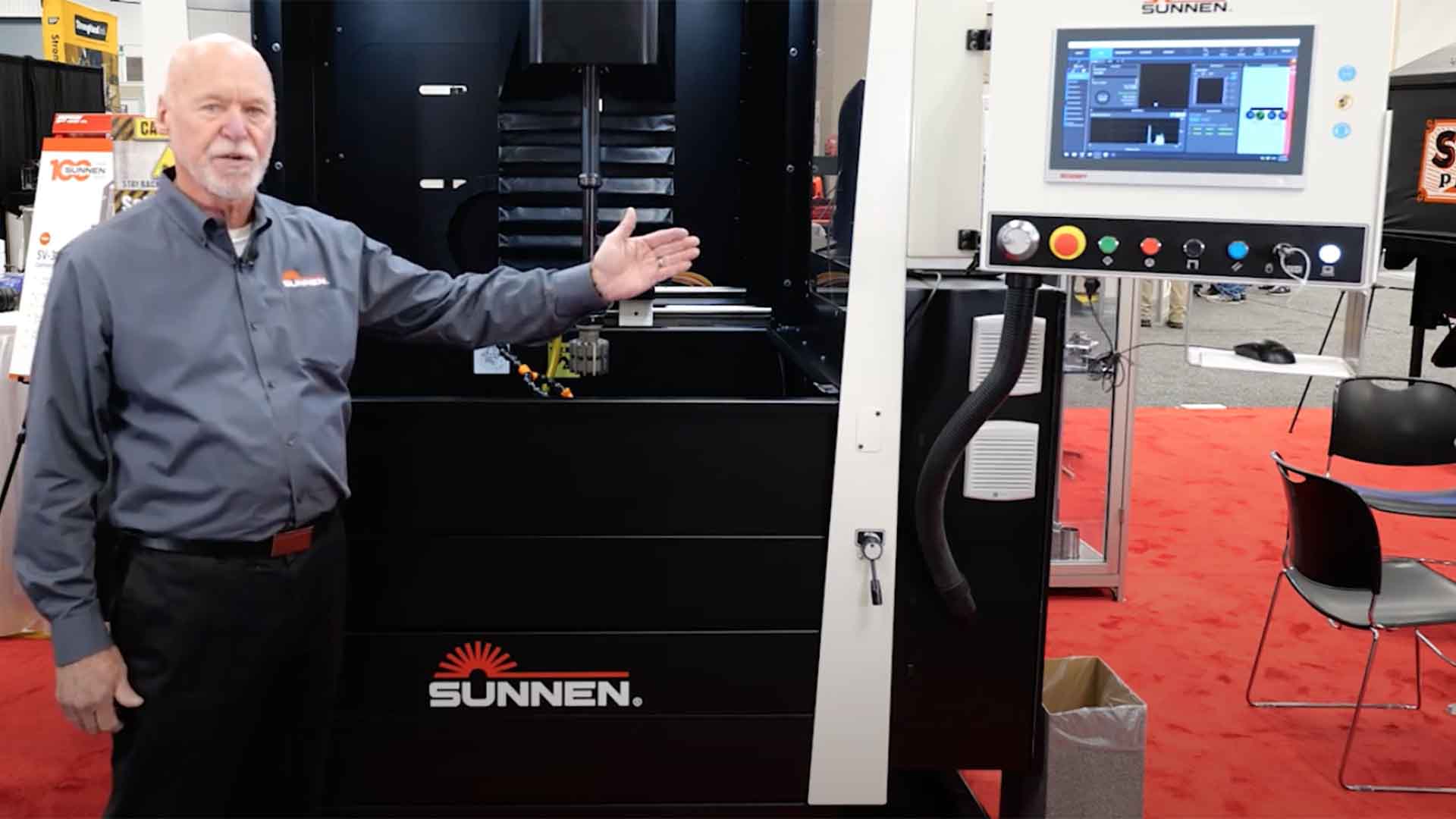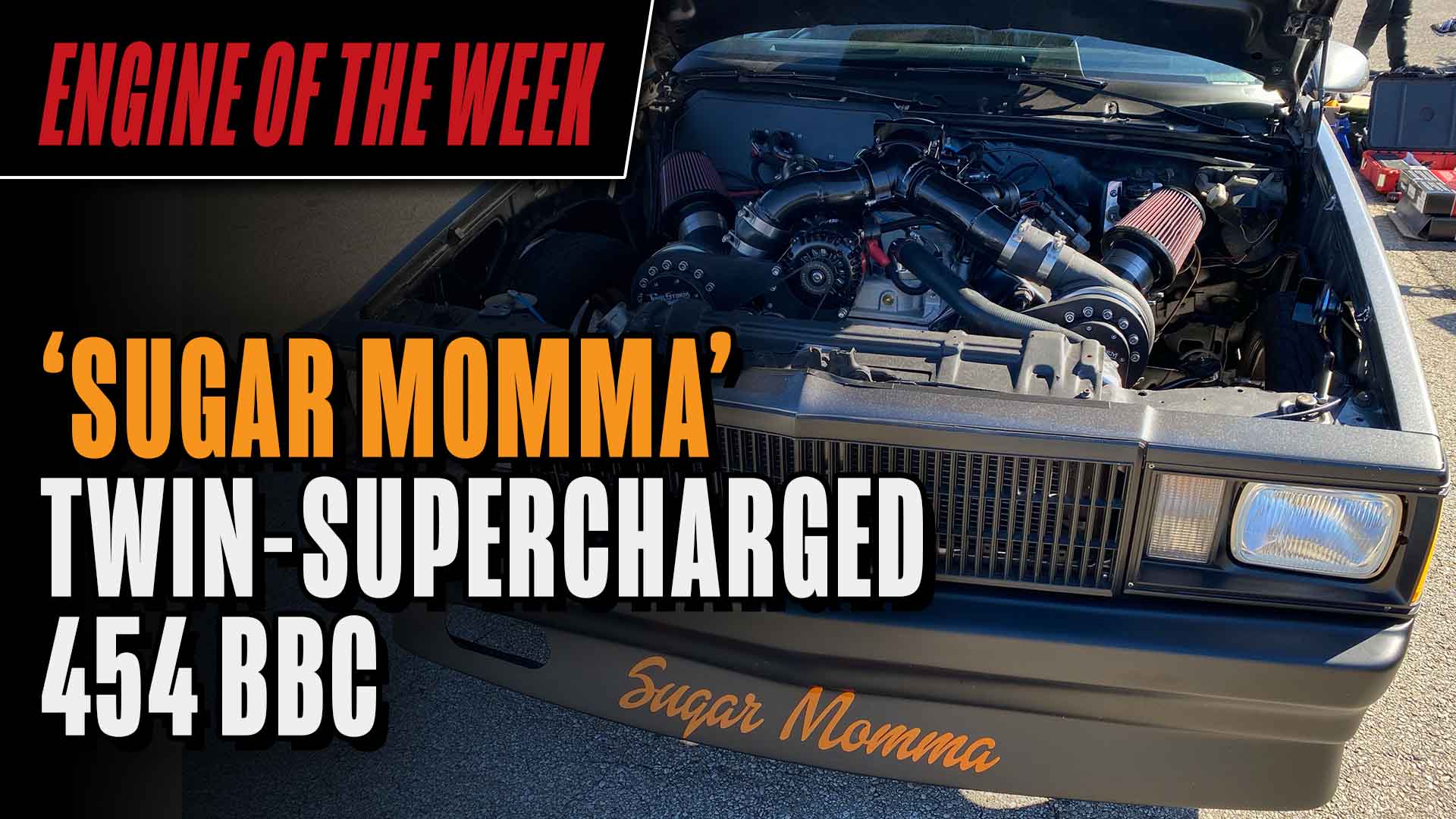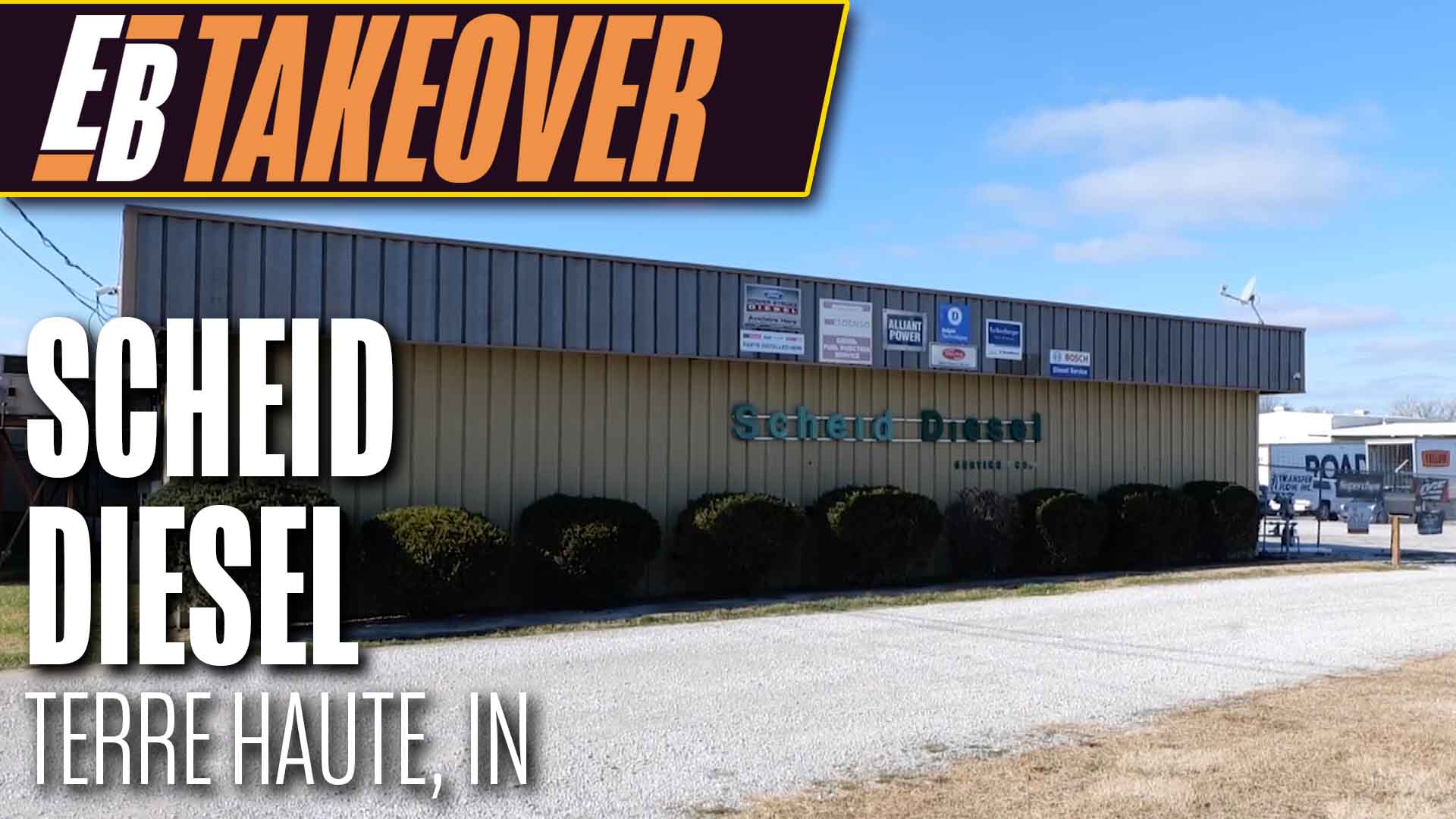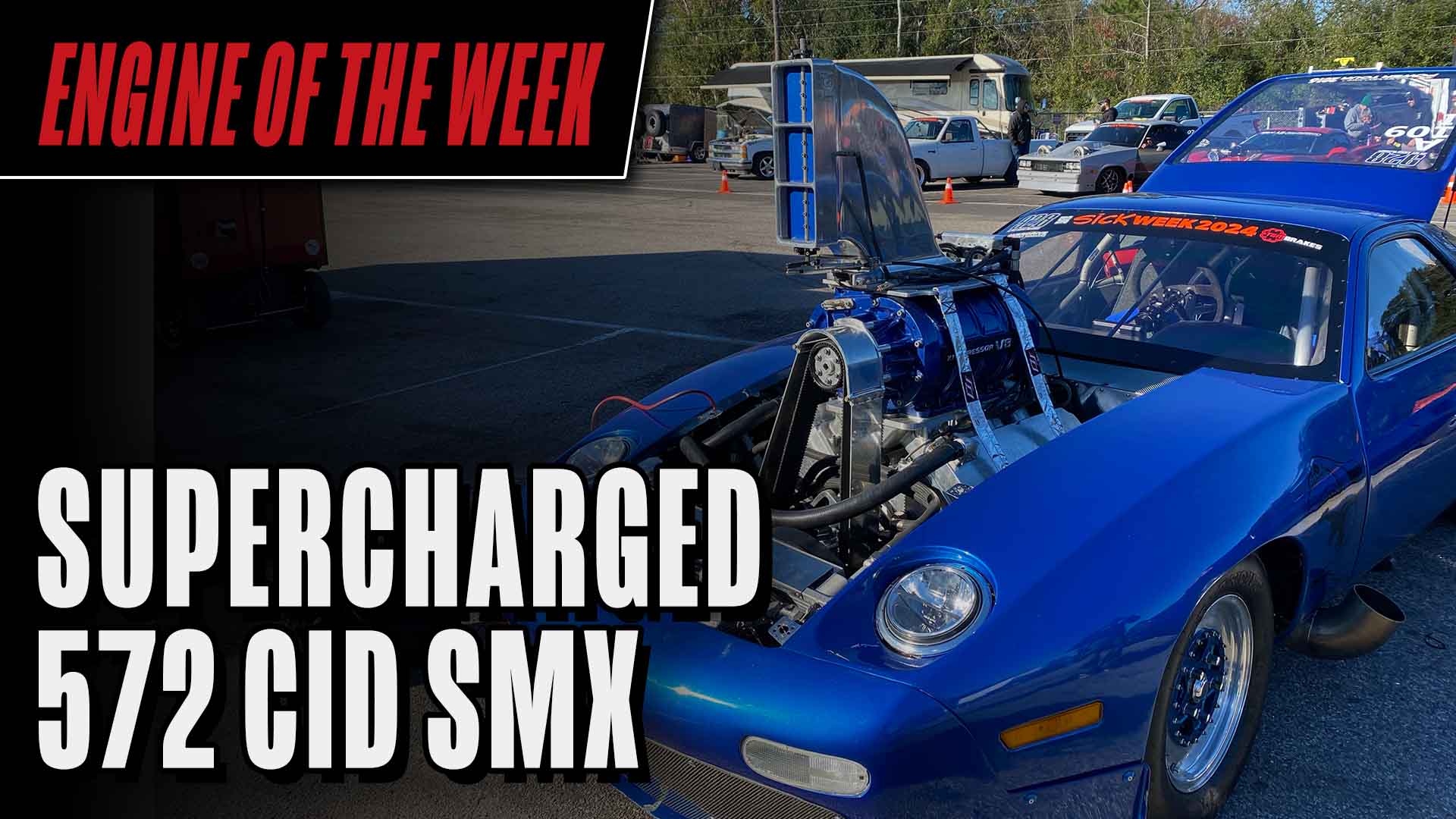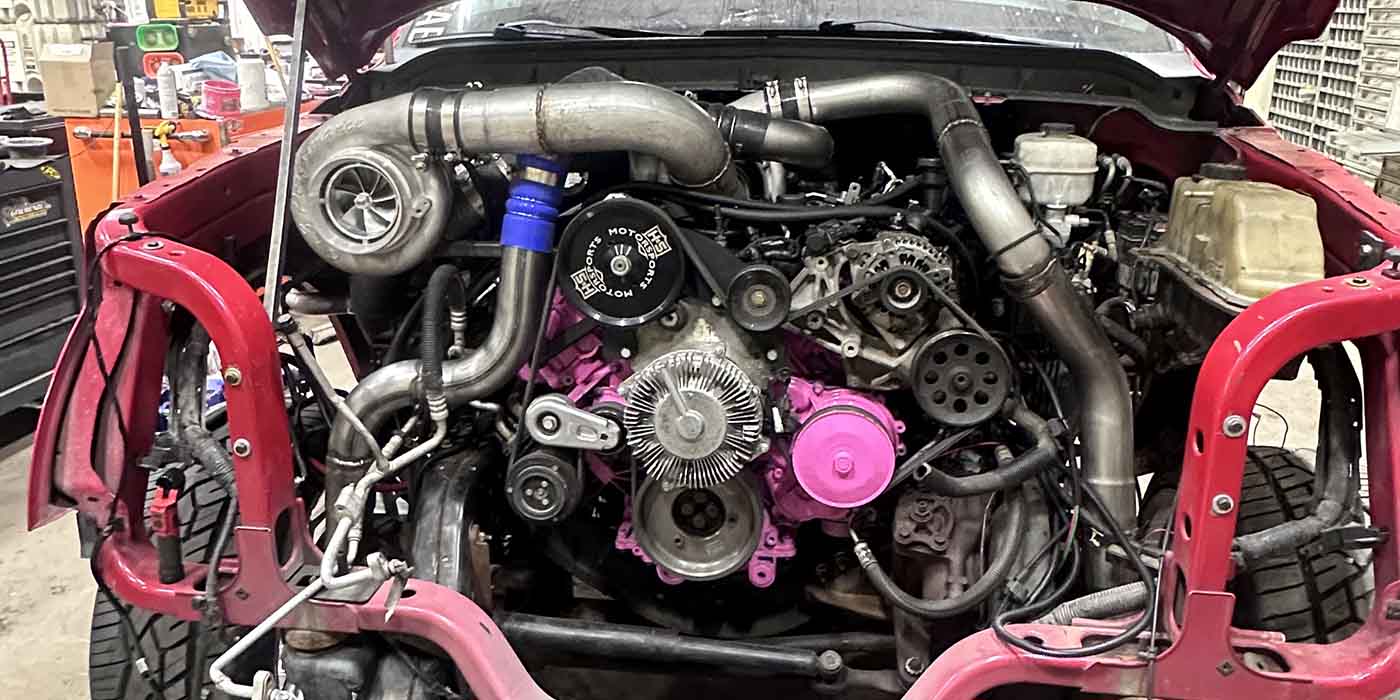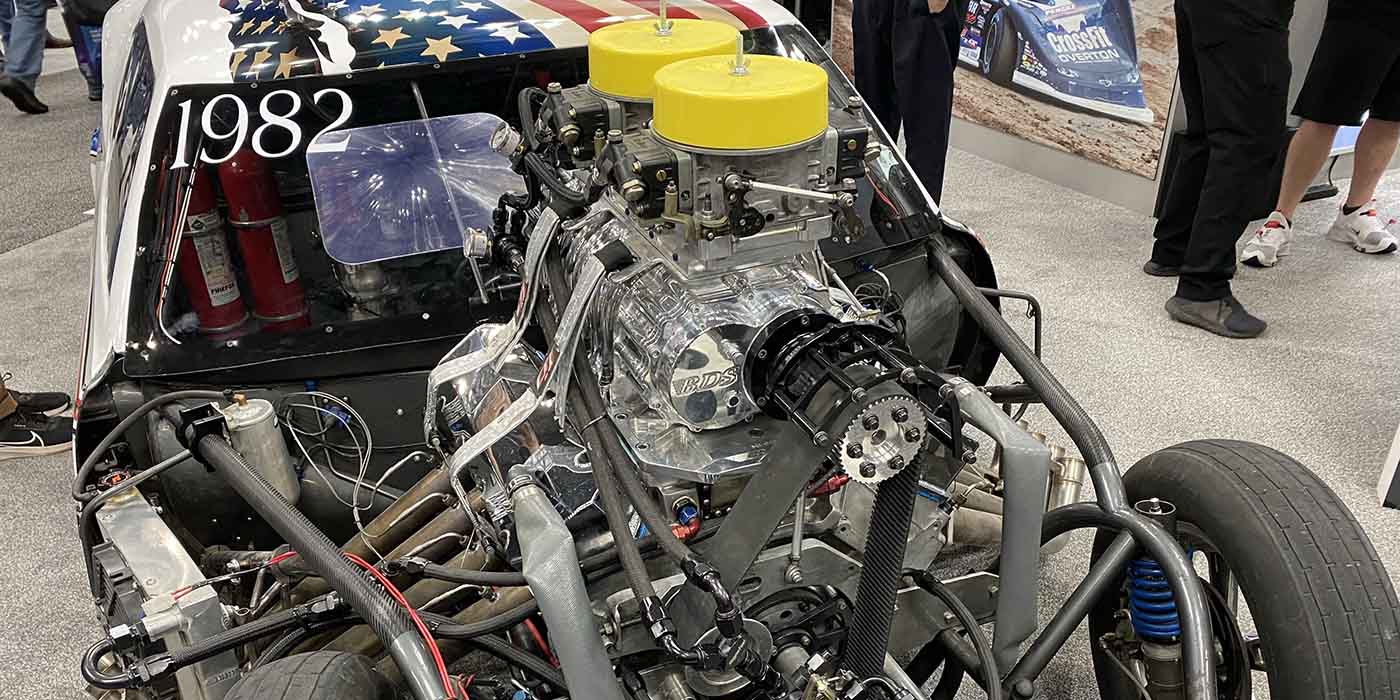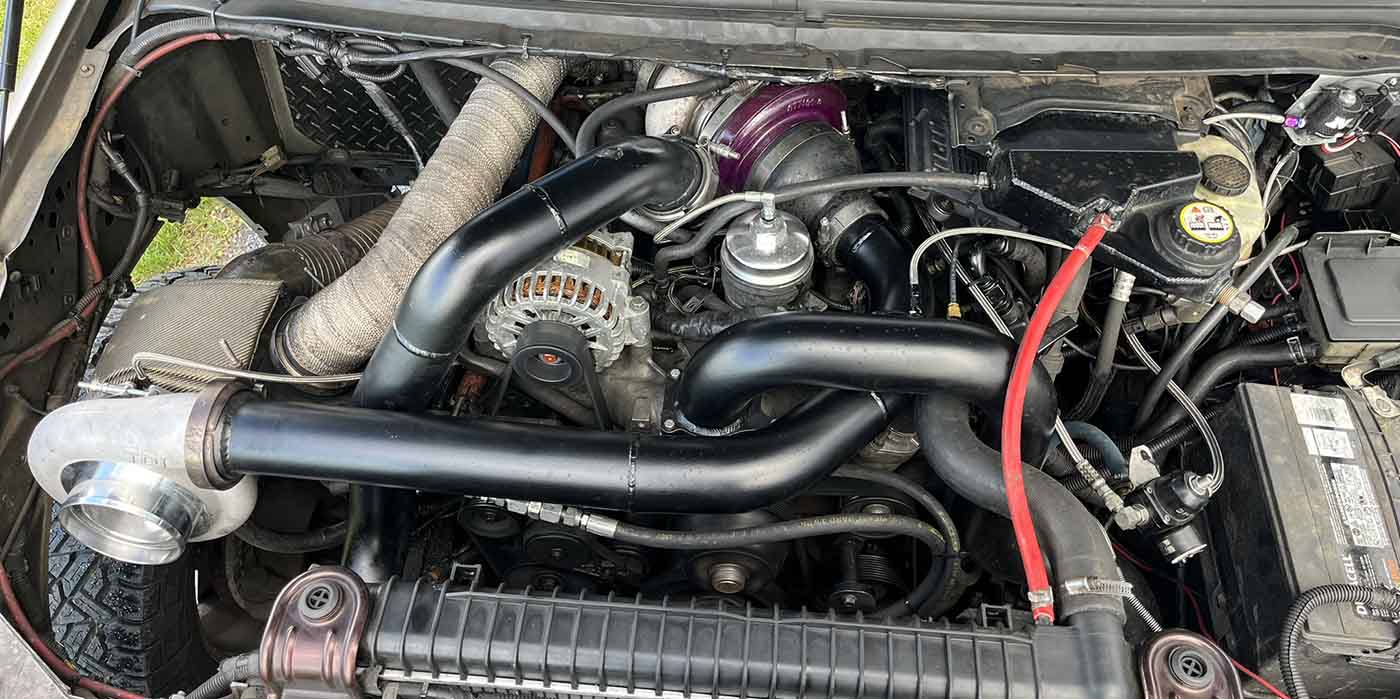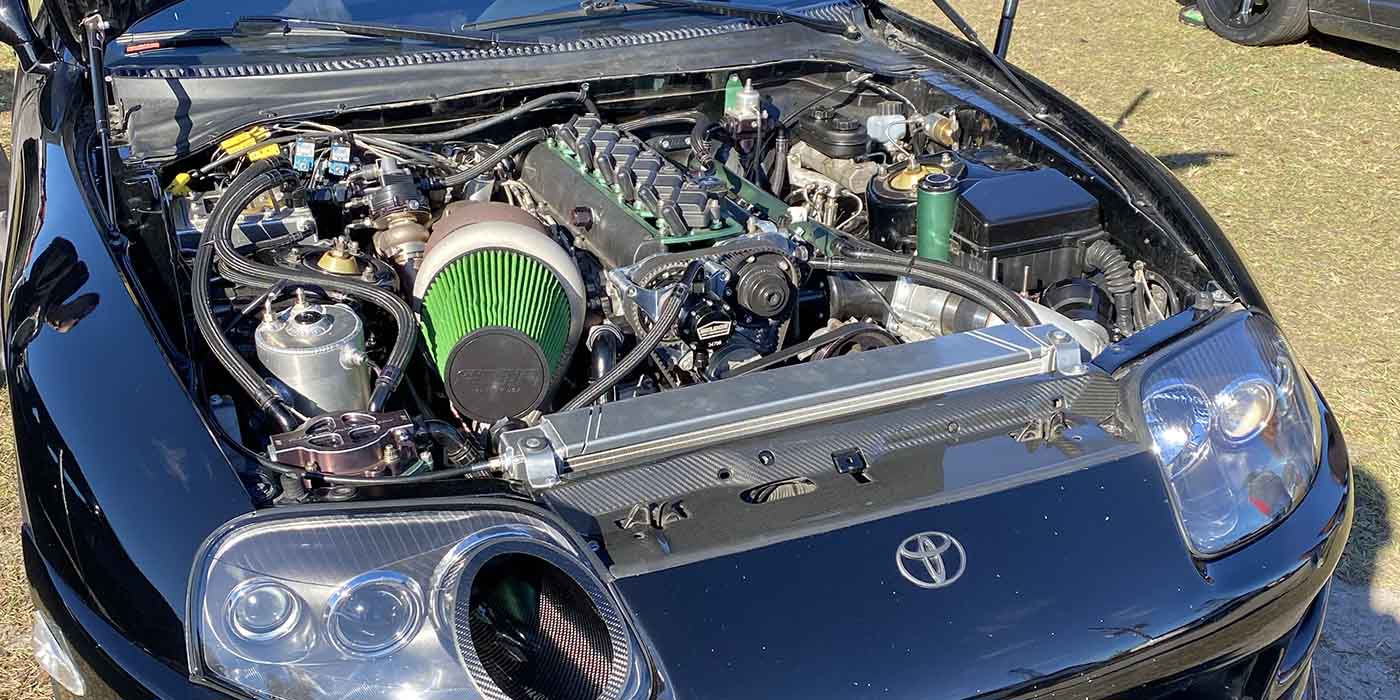Engine of the Week is presented by



Having had experience in engine dyno competitions before, Greg Brown felt confident in his abilities to compete at the inaugural Race Engine Challenge. He had left Jon Kaase, after 13 years in 2016, to start Hammerhead Performance Engines in Snellville, GA. Looking to win the Race Engine Challenge, Brown began building a small block Ford engine with his own variation of Hemi cylinder heads. It’s our latest Engine of the Week.
What makes this Ford engine unique are Greg’s own specially designed Hemi heads, which he created for the high performance, street car, hot rod market. They turned out to be pretty race oriented and made good power.
“Obviously, having a business and selling my own heads, I wanted to use my own product to help showcase what I do. So it was a no brainer to build a small block Ford with my Hemi heads on it. The engine is 393 cid. My very good friend, Eric Roycroft, also helped me with the engine. The two of us dissected the competition rules and figured out every last little thing that would be an advantage. We then chose our parts.”
One thing Brown knew about the Race Engine Challenge and the Engine Masters from his previous experience, was the competitions grade on a power per cubic inch scale. Your score is a factor that takes into account both horsepower and cubic inch. The bigger the engine you use, the greater the horsepower has to be because of the division of the cubic inch into that number.
“If you look back at all the Engine Masters, engines around 400 cubic inches will by far outnumber any other combination,” he says. “I don’t think it’s a coincidence. I think it’s that size engine and the power you can make. It also depends on rpm as well.”
Armed with that knowledge, Brown knew he wanted to keep his small block Ford somewhere around 400 cubic inches. He came across a 3.9 inch stroke Ford crank, which gave him a 393 cubic inch engine with a 4 zero zero four inch bore.
According to Brown, even just one cubic inch can mean the difference in winning or losing these kinds of competitions. He suggests that you don’t really want the engine any bigger than you think it needs to be.
“For the Race Engine Challenge, the camshaft rule was no bigger than 55mm journals,” he says. “A regular small block Ford is smaller than that, so we did take the cam tunnel out to 55mm. The lifter size rule was .904˝, so we took the lifters out to the larger size as well.”
Ultimately, Brown built his engine to have the best chance of winning the Race Engine Challenge, but to also sell the engine afterward. Therefore, decisions such as the 55mm cam and the 9oh4 lifters were made because they’re more enticing to prospective buyers.
In sticking with that mentality, Brown used Diamond pistons on this build and followed the recommended piston to wall clearances.
“For main bearing clearances and rod clearances, I like .003˝ on both,” he says. “Sometimes it’s hard to get there. Sometimes you’re not able to get there. If you run a coated bearing, you can get by with a little bit tighter clearance. For instance, on the mains where you were shooting for .003˝, if it ended up at .0026˝-.0028˝ it would be fine with a coated bearing. That’s a little bit tight for an uncoated bearing. We always shoot for .003˝ on the mains. The rods are a similar deal. I like to see .0028˝-.003˝. The rods ended up at .0026˝. Because they were coated, we could get by with a tighter clearance there.”
According to Brown, the coolest aspect of the short block is it features a piston guided rod setup. Instead of the big end of the rod keeping the piston straight in the bore, Hammerhead used the piston itself to guide and keep the rod straight on the crank.
“What that means is the small end of the rod will fit somewhat tightly in the piston with only .005˝-.008˝ of side clearance in the pin boss area,” Brown says. “It’s nicer to have a full, round piston because there’s more support if you’re going to use the piston to keep all that stuff straight. The straighter you keep it, the better ring seal you’re going to have and the more power you’re going to make.”
Hammerhead chose a 6.125 inch rod for the 9.2 inch deck Windsor block, which help give the engine good compression. From there, Brown set his sights on designing and constructing the oil pan, which he got from Moroso. It features a little bit of a kick out just under the maximum allowed, and is deep to hold a little more oil and keep it as far away from the rotating assembly as possible.
To finish the Hemi cylinder head set up, Brown could use any Windsor 351 intake manifold. However, on a 9.2 inch deck block, the choices for Windsor intake manifolds are slim, so Brown used a 9.5 inch deck Holley Hi-Ram.
“I did that for two reasons ¬– to keep from having to modify the intake manifold flanges, and because a taller port will make more power and run better.”
Fully assembled, the small block Ford Hemi engine was ready for competition. The Race Engine Challenge was split into two classes – an inline valve class and a canted valve/Hemi class, which Brown ran in. The five-day event featured multiple dyno runs per day with the two top engines battling each other on the final day. Each competitor was given the opportunity to make up to 10 dyno runs with the average of their three best runs giving them their score.
Brown’s peak numbers were 775 horsepower and 622 pound feet of torque and his average horsepower was 642. Those numbers gave Brown the victory.
“I went there feeling like I had as good, if not the best engine in the contest to win,” Brown says. “It just doesn’t get better than winning a competition, especially winning the first one of its kind! Better than that was winning it with a product I manufacture and sell myself. Having my own product in the competition and winning with it means more than just winning. It was certainly a boost for my business and in the confidence and abilities of my product to perform.”
Thanks to our sponsors PennGrade, Scat Crankshafts and Elring.


